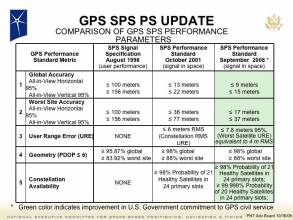GLONASS Constellation Grows to 17 as Latest Satellites Come On-line
 Russian Proton Launcher Carrying Latest GLONASS Satellites at Baikonur Space Center
Russian Proton Launcher Carrying Latest GLONASS Satellites at Baikonur Space CenterThe latest trio of modernized GLONASS satellites (GLONASS-M) have begun transmitting healthy navigation messages, bringing the total of operational satellites to 17 — a milestone for the Russian GNSS constellation.
The third GLONASS-M space vehicle (SV) — SVN 726 launched September 25 began transmitting a healthy navigation message on November 13, giving the rebuilt GLONASS constellation the highest number in more than a decade. GLONASS SVN 110 (724) began transmitting on October 26, and SVN 111 (725), on November 5, according to the Russian Space Agency (Roscosmos) GLONASS Information-Analytical Center.
By Glen Gibbons















